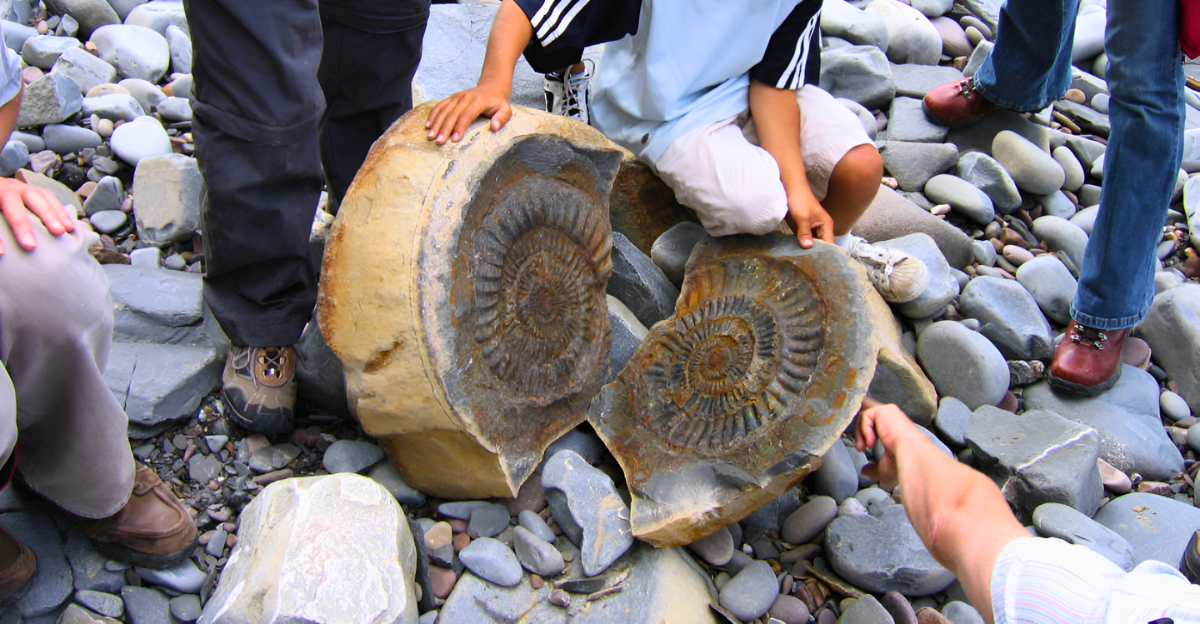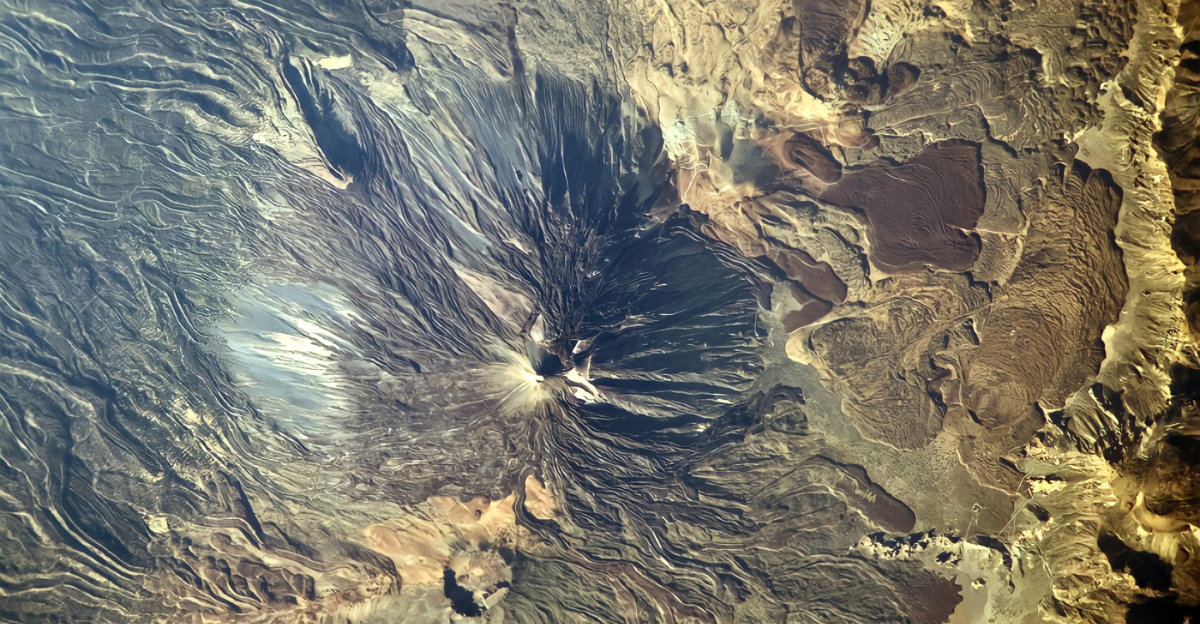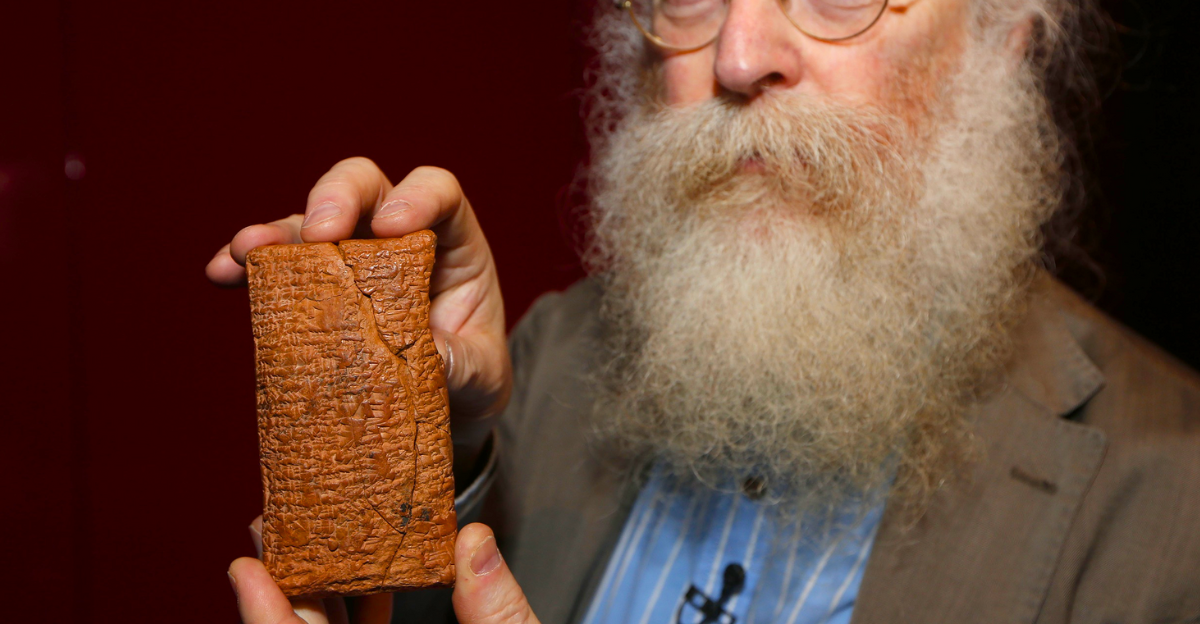
The discovery of a Noah’s Ark-like story on an old Babylonian map raises serious questions about how myths are created and how cultures are passed down. The 3,000-year-old clay tablet known as the Imago Mundi is more than just a map; it contains a flood story that is remarkably similar to the biblical story of Noah’s Ark.
Instead, it points to a common source of flood myths that predates and probably influenced later Abrahamic traditions. These myths are rooted in Mesopotamian culture. This finding compels academics and general readers to reevaluate the beginnings of one of the most enduring and well-known tales in human history. It also starts a larger discussion about how myth and art were used by ancient societies to convey existential dangers and moral lessons.
The Map of Babylon: Imago Mundi

The oldest known map in the world, the Imago Mundi, was discovered in Sippar and is currently kept in the British Museum. It was created in the seventh century BCE. Its round shape represents Mesopotamia, encircled by the “Bitter River,” with cuneiform engravings of cities, mountains, and far-off worlds. Importantly, the map’s text explains how the god Marduk created the world and mentions a king named Utnapishtim who, by building an ark, survives a massive flood, a clear parallel to Noah.
In order to support the cross-cultural flood narrative, the triangles on the map, which stand in for mountains outside of the known world, are interpreted as directions to the ark’s resting place, which may be Urartu (biblical Ararat). The map shows how the Babylonians perceived their position in the cosmos and is both a geographical and cosmological representation.
Myths About Floods: A Common Archetype
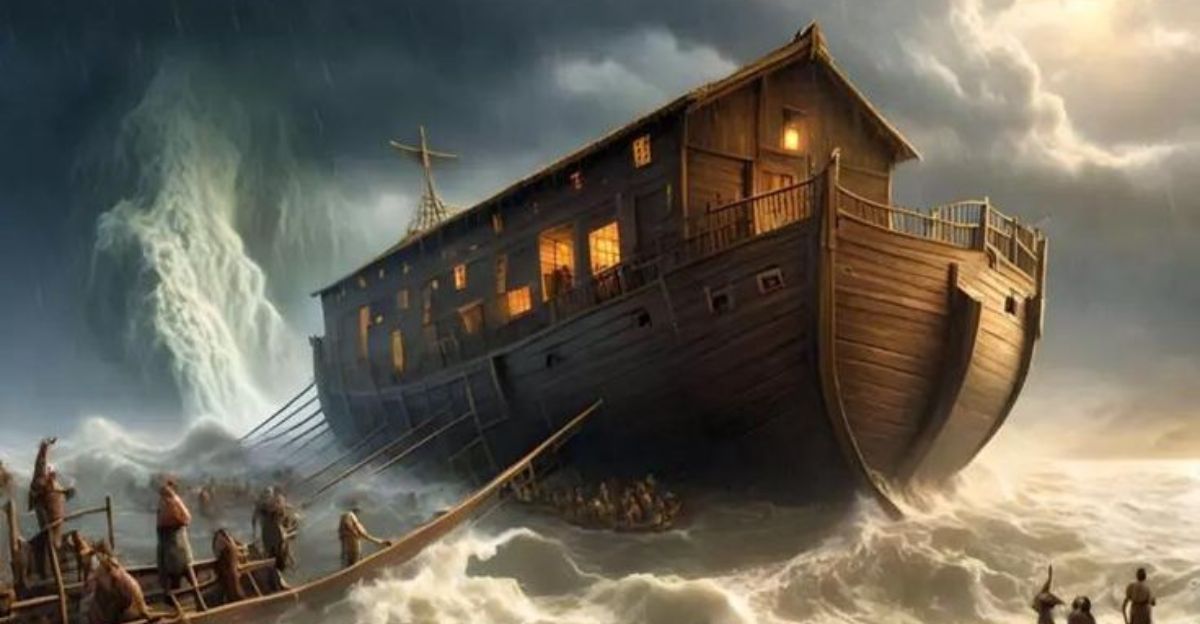
The archetype of flood stories is almost universal and is not exclusive to the Bible or Babylon. The biblical Genesis, the Babylonian Epic of Gilgamesh, and the Atra-hasis epic all describe a divinely mandated flood, a selected survivor, and the preservation of life through a vessel. Similar to Genesis, the Babylonian version describes how Utnapishtim is forewarned by the god Ea, constructs an ark, and releases birds in search of dry land.
Flood myths, which frequently reflect the collective memory of actual catastrophic flooding events, can be found in cultures as diverse as the Greeks, Hindus, Native Americans, and Chinese, in addition to Mesopotamia. These themes’ recurrence throughout space and time suggests that trauma and renewal are universal human psychological responses that are encoded in mythic form.
Textual and Archaeological Evidence
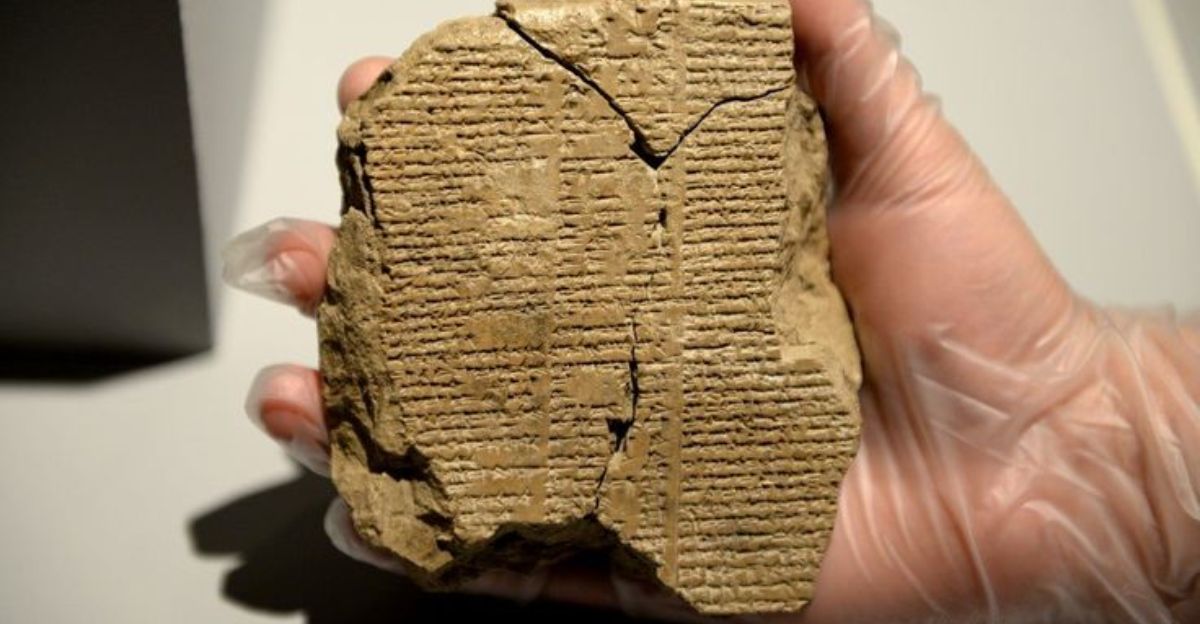
The Atra-hasis epic and the Gilgamesh flood tablet are two examples of Babylonian tablets that predate the Hebrew Bible and have nearly identical flood motifs, so the Imago Mundi is not alone. Based on older oral traditions, the Gilgamesh tablet was found in Nineveh and dates to the 7th century BCE. These tablets tell of animal pairs, a mountain landing, an ark, and a flood.
The significance of water as a destructive and purifying force is highlighted by the thousands of cuneiform tablets discovered during excavations in Mesopotamia, which together provide a detailed picture of early flood narratives. After carefully translating and comparing these texts, scholars have found recurring themes and motifs that predate biblical compilations by centuries.
The Influence of Collective Trauma

The question of why so many ancient cultures created flood myths challenges accepted wisdom. Perhaps collective trauma holds the answer. Catastrophic floods in Mesopotamia and the Black Sea region are supported by geological evidence. These catastrophes would have created myths that would have permanently altered the collective memory. By turning tragedy into a tale of survival and divine favor, the flood narrative in the Imago Mundi is less about theology and more about humanity’s attempt to make sense of existential threats.
According to this viewpoint, flood myths were early forms of disaster communication that used ritual and allegory to warn future generations. Additionally, it implies that myths functioned as psychological coping strategies that helped societies deal with trauma and preserve social cohesiveness.
Myth as a Survival Blueprint in the Psychological Framework
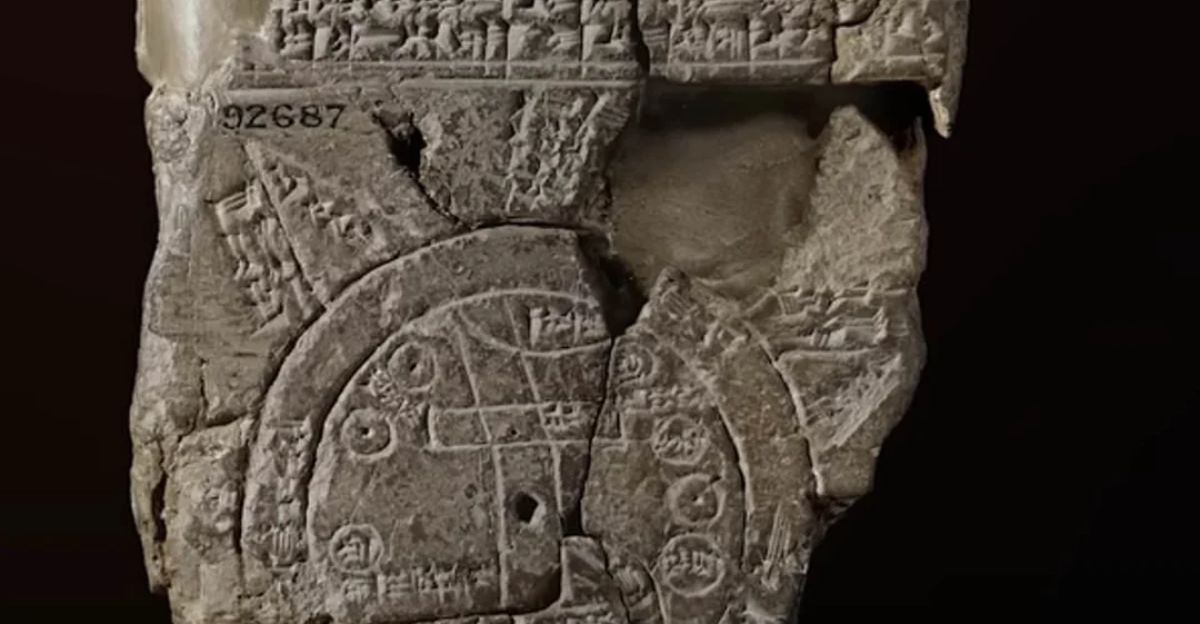
The flood myth serves as a survival guide from a psychological standpoint. Within a narrative framework, it encodes practical knowledge about resilience, preservation, and preparation. By fusing myth with geographic education, the Imago Mundi’s clear instructions to the ark’s resting place can be seen as an early survival map. According to this model, ancient stories served as strategic tools for resolving real-world crises rather than merely being amusement or moral lessons.
These kinds of myths help pass on vital knowledge from one generation to the next by enshrining survival skills in emotionally stirring and memorable tales. This strategy also fits with Jungian archetypes, where myths about floods represent purification and rebirth and reveal underlying psychological processes.
Effects of the Second Order: Religious Syncretism
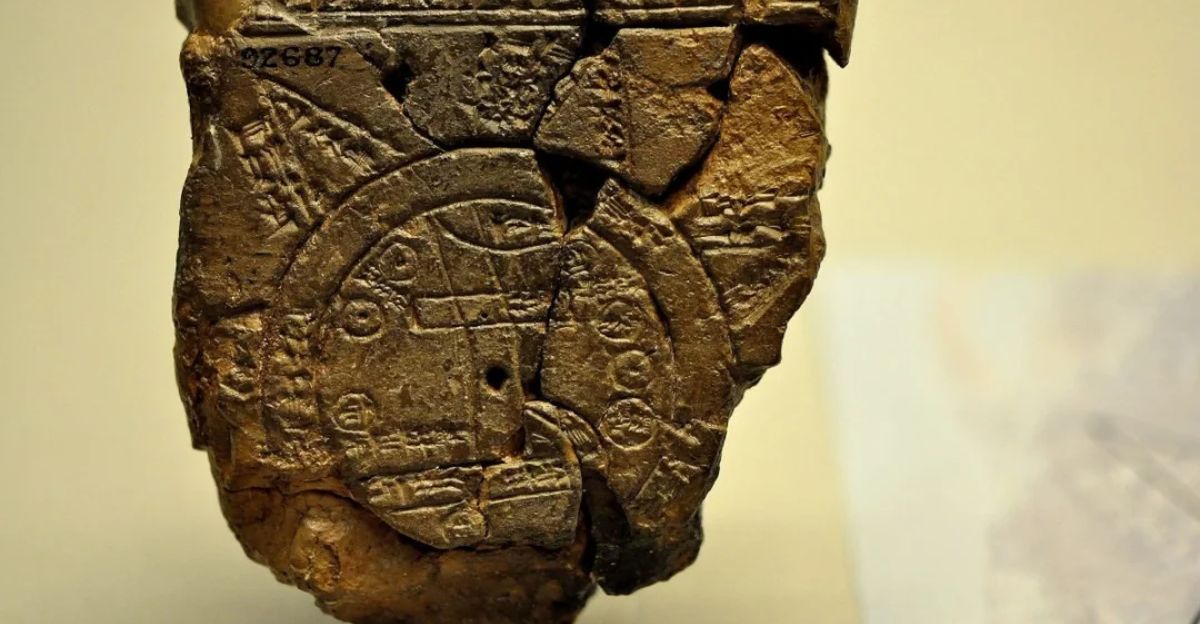
Regarding religious syncretism, the finding of the Ark-like tale on the Babylonian map has significant ramifications. It reveals the brittle lines separating mythologies, showing how tales travel, change, and converge across cultural boundaries. This leads to a more complex, interrelated understanding of spiritual history and challenges fundamentalist interpretations of religious texts.
The way that later Abrahamic religions adopted and reinterpreted Mesopotamian motifs, reflecting historical exchanges and universal human concerns, is a clear example of this syncretism. A more inclusive view of religious heritage and interfaith discussion is promoted by acknowledging these overlaps. It also emphasizes how myths are dynamic and change as a result of shifting social, political, and environmental circumstances.
Third-Order Impacts: Contemporary Identity and Disagreement
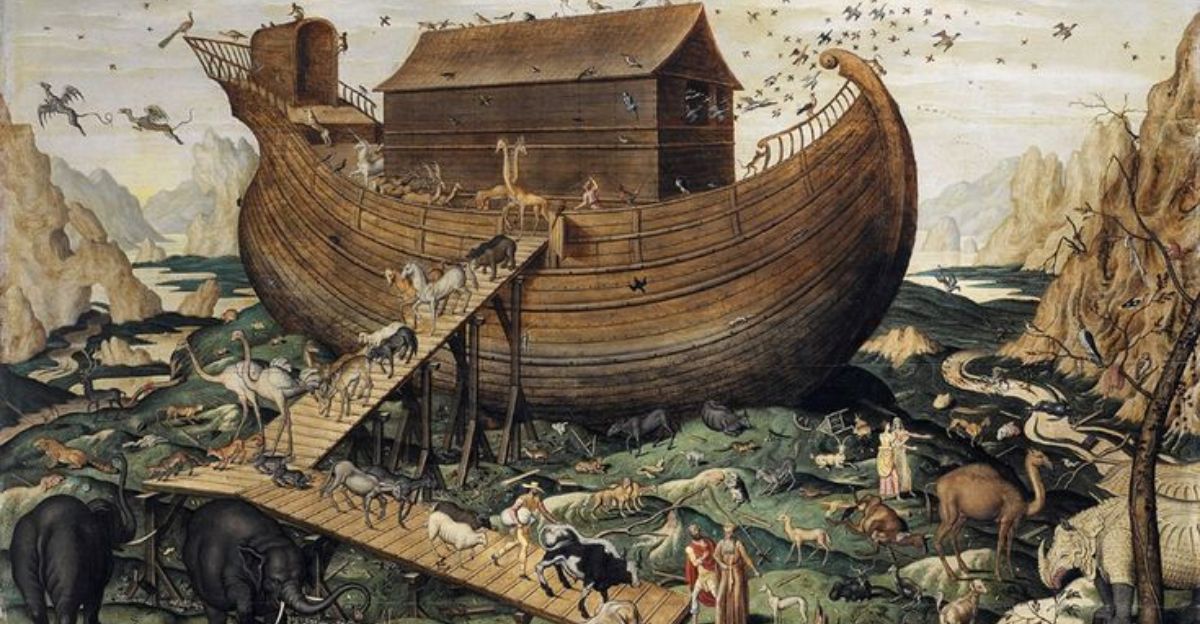
The discovery that Noah’s story has Babylonian origins has the potential to undermine inflexible religious identities on a larger scale, but it also presents a way to make amends. A sense of global interconnectedness and a decrease in sectarian conflict can result from acknowledging shared origins. On the other hand, it might elicit opposition from those who support scriptural literalism.
This dynamic is evident in modern geopolitics, where national and ethnic identities are frequently based on religious narratives. Scholars and leaders can create bridges that go beyond ideological differences by highlighting shared heritage. A more sympathetic and historically aware approach to identity politics is encouraged by the discovery, which also raises questions about how history is being used to excuse current conflicts.
Unexpected Combinations: Climate Science and Flood Myths
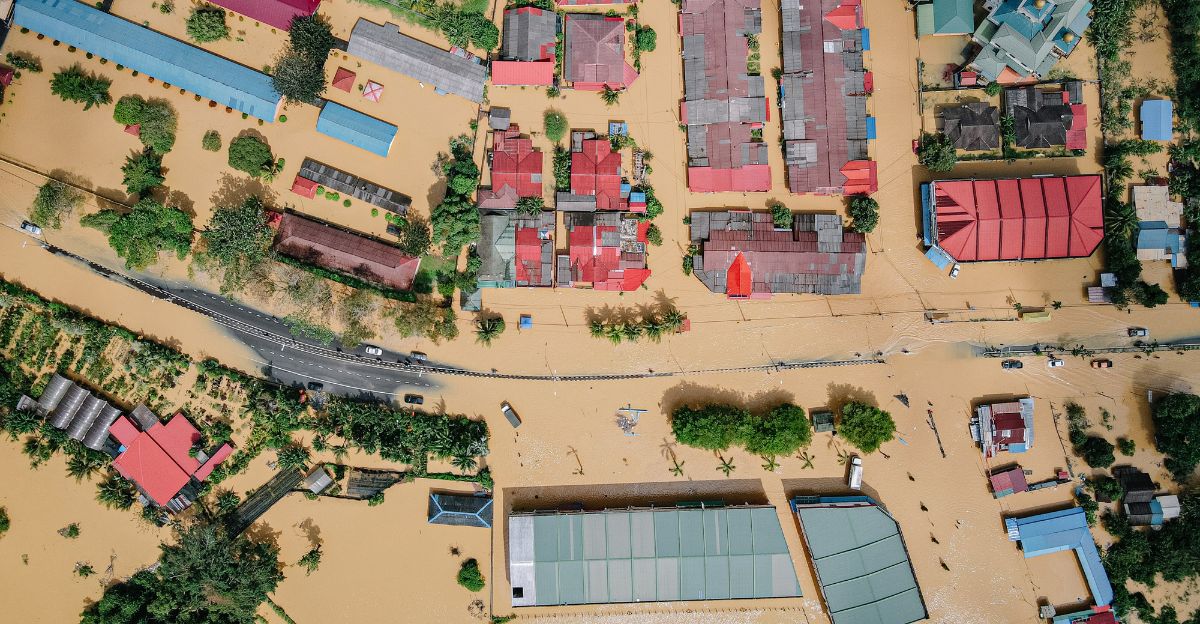
There is a great chance to link modern climate science with ancient flood myths. It is possible to reinterpret the story of the Imago Mundi as an early warning system, a mythologized chronicle of environmental disaster. We can use myth’s emotional appeal to inspire group action by comparing the current climate crisis to ancient floods.
Humanity has long struggled with environmental disruption, as ancient myths remind us, and the survival techniques they have preserved in their stories are still applicable today. Making abstract threats concrete through storytelling can improve public engagement with climate issues by fusing scientific data with mythic wisdom. Innovative communication tactics and policy frameworks focused on sustainability and resilience may be sparked by this multidisciplinary approach.
A Novel Approach to Historical Narratives

The finding of a Noah’s Ark-like narrative on the ancient Babylonian map is a paradigm shift rather than merely an academic curiosity. It forces us to give up localized stories in favor of a globalized, interrelated interpretation of memory, myth, and meaning. Humanity’s persistent attempt to comprehend, endure, and overcome calamity is demonstrated by the Imago Mundi.
By combining archaeology, theology, psychology, and environmental studies, this new paradigm promotes interdisciplinary cooperation and creates a more comprehensive picture of human experience. In the end, it forces us to reconsider how knowledge from the past informs problems in the present and serves as a reminder that myths are dynamic records, instruments for identity, connection, and survival across time and culture.



